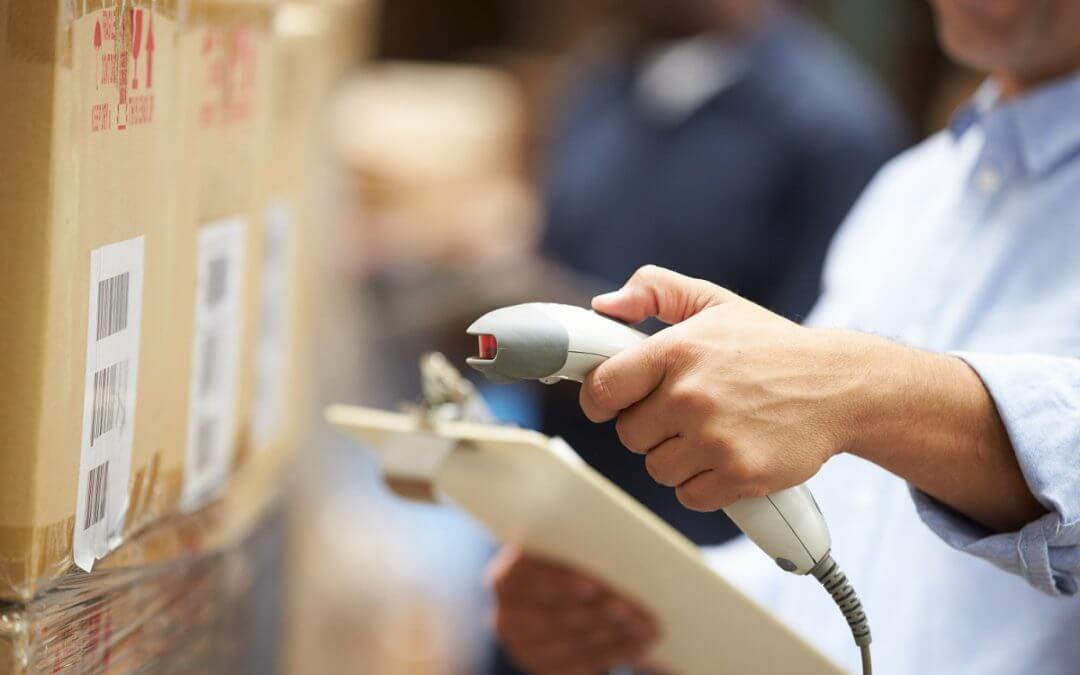Over the years, we’ve seen that the major cause of customer dissatisfaction with OEMs has been slow service response times. The effects are tangible; in the medical world, for instance, the mission-critical equipment that doctors and nurses need to help patients stay healthy – and keep their operations going – increasingly sits idle for longer periods of time. Then, in cases where field service professionals don’t have the proper parts on hand to complete the job, delays are made that much worse.
One way OEMs – especially in the medical technology industry – have traditionally tried to shorten response and resolution times has been to deploy a “trunk stock” logistics strategy. Under this model, OEMs entrust their field engineers with parts and tools that the FEs store (often in the trunks of their cars, at their homes or in storage units) and take with them to end-user sites. We see a few serious risks to this model:
- Parts and products are lost, stolen, damaged and ruined more than you’d think. In fact, the average annual losses for OEMs aren’t in the thousands of dollars – they’re in the millions. No organization can afford that.
- It’s hard and inefficient to manage and replenish inventory. The OEM is reliant on its FEs to report to them exactly what they use and what they need to make their kit whole as quickly as possible. Then, the OEM somehow has to physically get those items to them. The process is full of possible breakdowns that ultimately create service delays, especially when FEs are as busy traveling and servicing end-users as they are these days.
- Response times can suffer. As we’ve mentioned before, the pressure on OEMs and their service teams to be more responsive to end-users has risen considerably. A trunk stock model constrains the available pool of FEs that can handle particular service calls to only those that have trunk stock. This limits the resilience of the FE service model and ability to respond to customer needs.
At Source, we have a different model that we’ve found produces much faster, more flexible service. There are two main components:
- Our maximum coverage strategy. We work with our customers to figure out what locations are optimal for quick end-user response and efficient parts supply. Then we utilize our forward stocking locations (FSLs) – warehouses in the right strategic places all around the world that have all the parts an FE would need to service the end users in that region. Similarly, we recruit and manage Source Techworks field service professionals who are also based close to end users. These two factors enable Source’s team to manage the OEM’s inventory and dispatch it for same-day delivery to the appropriate site location and to meet the on-site field engineer. As a result, our FEs have what they need to do their jobs more quickly, don’t need trunk stock and can minimize costly parts losses. We also can manage inventory better across our organization; we can account for every part at all times and see what FSLs need replenishing, and then take care of it, before the parts are needed in the field.
- Our world-class performance. We consistently achieve 98 percent SLA performance achievement and 99% inventory accuracy.
Our speed and parts logistics model produce a remarkable competitive advantage for our OEM clients, because they optimize response times and maximize customer satisfaction. We stand ready to help you deploy and tailor it in your organization, to the benefit of your entire organization and your end users.
For more on how our logistics model can improve your service efforts, visit sourcesupport.com/solutions/managed-logistics.
_____________________
To keep up with all of Source’s latest news and conversation, follow us on Twitter, Facebook, or LinkedIn.


